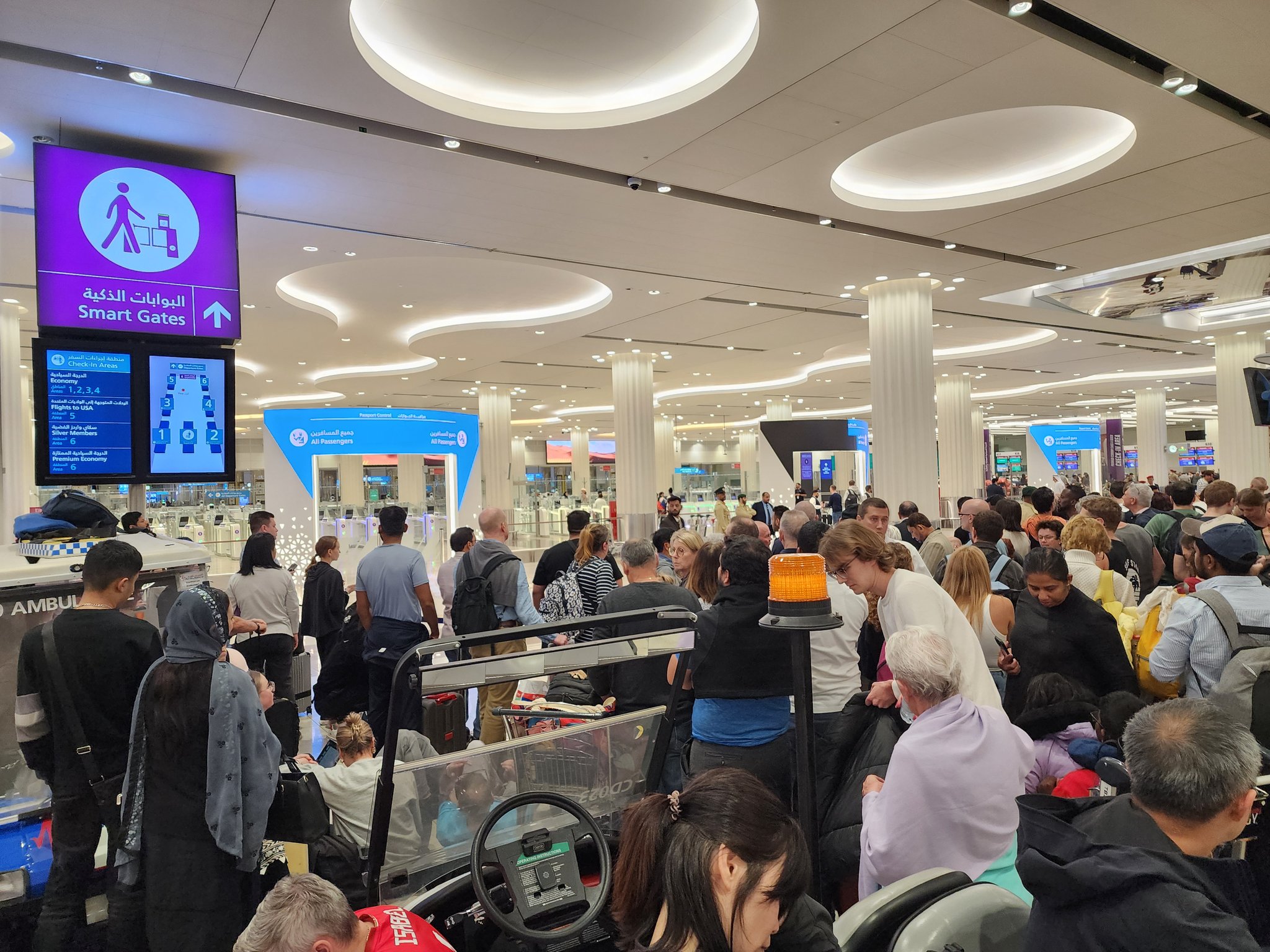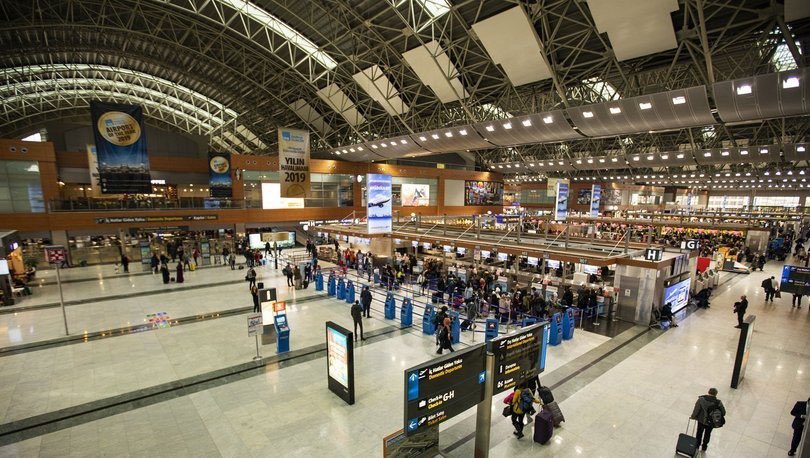
Istanbul’s airports have solidified their status as global aviation powerhouses, handling a combined total of nearly 50 million passengers in the first five months of 2025, marking a 5% year-on-year increase and adding over 2.5 million more travelers than during the same period in 2024. This robust performance is driven by both Istanbul Airport, which processed approximately 31.9 million passengers (6.4 million domestic and 25.5 million international), and Sabiha Gökçen International Airport, which accommodated about 18.05 million passengers (7.75 million domestic and nearly 10.3 million international).

Sabiha Gökçen Airport, in particular, has demonstrated remarkable growth, recording an 11% year-on-year increase in total passengers and a 20% surge in international travelers for the January–May 2025 period. This makes it one of the fastest-growing airports in Europe, with its strong international performance outpacing many of its regional peers. In contrast, Istanbul Airport saw a slight decrease in domestic traffic (down 4%) but a notable 4% rise in international passengers compared to the previous year.
The surge in passenger numbers is mirrored by an uptick in flight activity. Istanbul Airport operated 212,978 flights in the first five months of 2025, up from 207,854 in the same period in 2024, while Sabiha Gökçen handled 105,278 flights. These figures highlight the airports’ advanced infrastructure and operational efficiency, which are capable of supporting high passenger volumes and complex logistics.

Ground transport connectivity further enhances the airports’ attractiveness. Sabiha Gökçen is well-served by the M4 metro line, which now connects directly to the airport, and additional rail projects are underway to improve links to the city’s wider metropolitan area and high-speed rail networks. Istanbul Airport, meanwhile, offers extensive road and public transport connections, making it a convenient hub for both local and international travelers.

The sustained growth at Istanbul’s airports is also a reflection of Turkey’s expanding aviation sector, with national carriers and international airlines increasing their operations. The city’s strategic location as a bridge between Europe and Asia, combined with world-class facilities and efficient services, continues to attract a diverse mix of business, leisure, and transit passengers. This upward trajectory is expected to continue, reinforcing Istanbul’s role as a leading global aviation center.

 (1).jpg)
 (1).jpg)

 (1).jpg)

.jpg)
.jpg)
.png)
 (1).jpg)



.jpg)
.jpg)
.jpg)


.png)


.jpg)
.jpg)
.jpg)
.jpg)
 (1).jpg)




.jpg)

.jpg)
.jpg)





 (1).jpg)
.jpg)
.jpg)
.png)





.jpg)
.jpg)
.jpg)
.jpg)